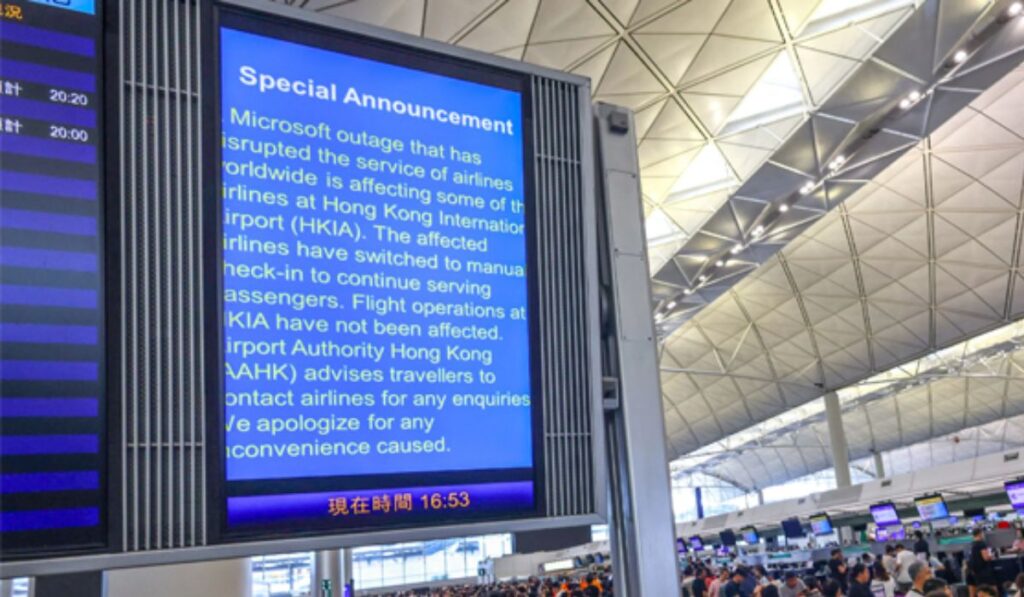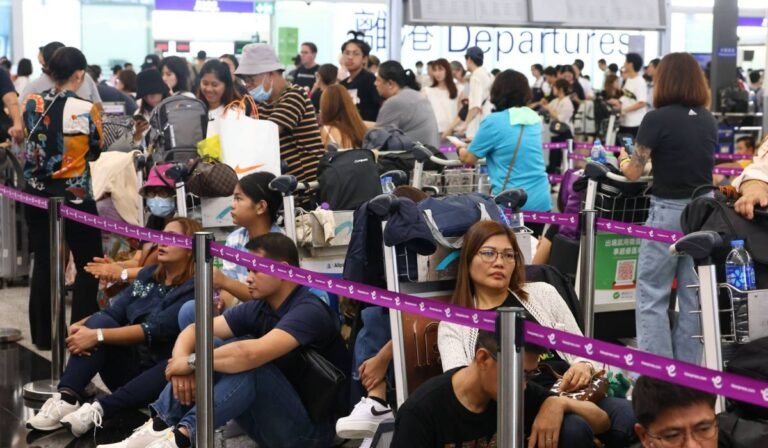On July 19, 2024, a global IT issue with Microsoft’s Azure cloud service caused major problems for air travel and other industries. Passengers at Hong Kong International Airport were advised to arrive 3 hours early due to manual check-in processes. Usage of different programs and services under the Office 365 applications was interrupted, and it resulted in many flight delays and cancellations at multiple airports across the globe.
As of Friday, more than 110,000 commercial flights were scheduled globally. However, data from Cirium, a global aviation analytics firm, indicates that 1,390 flights have been canceled, with additional cancellations expected.
The problem actually originated from a software update bug of CrowdStrike that impacts only Windows-based systems, not Mac or Linux. Their Falcon Sensor software made the situation worse by causing Microsoft Windows to crash, which caused further complications. While some airports managed to avoid flight cancellations, most of them experience long queues and manual check-in procedures.

Airports that were affected in Europe are:
- Madrid-Barajas
- Schiphol
- Berlin
- London Gatwick airport.
Ryanair and Air India are among the airlines that said their schedules were affected.
Other US airlines including American Airlines, United Airlines, and Delta are among those who have issued ground stops temporarily.
Hong Kong International Airport is one of the most affected airports, Cathay Pacific has been most affected with at least 50 flights being delayed and hundreds of passengers left stranded. The Airport Authority has apologized and activated emergency response measures to address this problem. While flight operations themselves were not impacted, the manual check-in process has led to significant wait times for passengers.
The outage has also affected other airports worldwide, including Germany, Australia, New Zealand, and India.
The aviation industry is highly affected by this issue, which is known to be very sensitive to timing, one delay meant that all the other events were affected for the whole day. Microsoft’s investigation indicates that it was not a cyber-attack but a technical problem.
News Reference: Reuters & South China Morning Post






